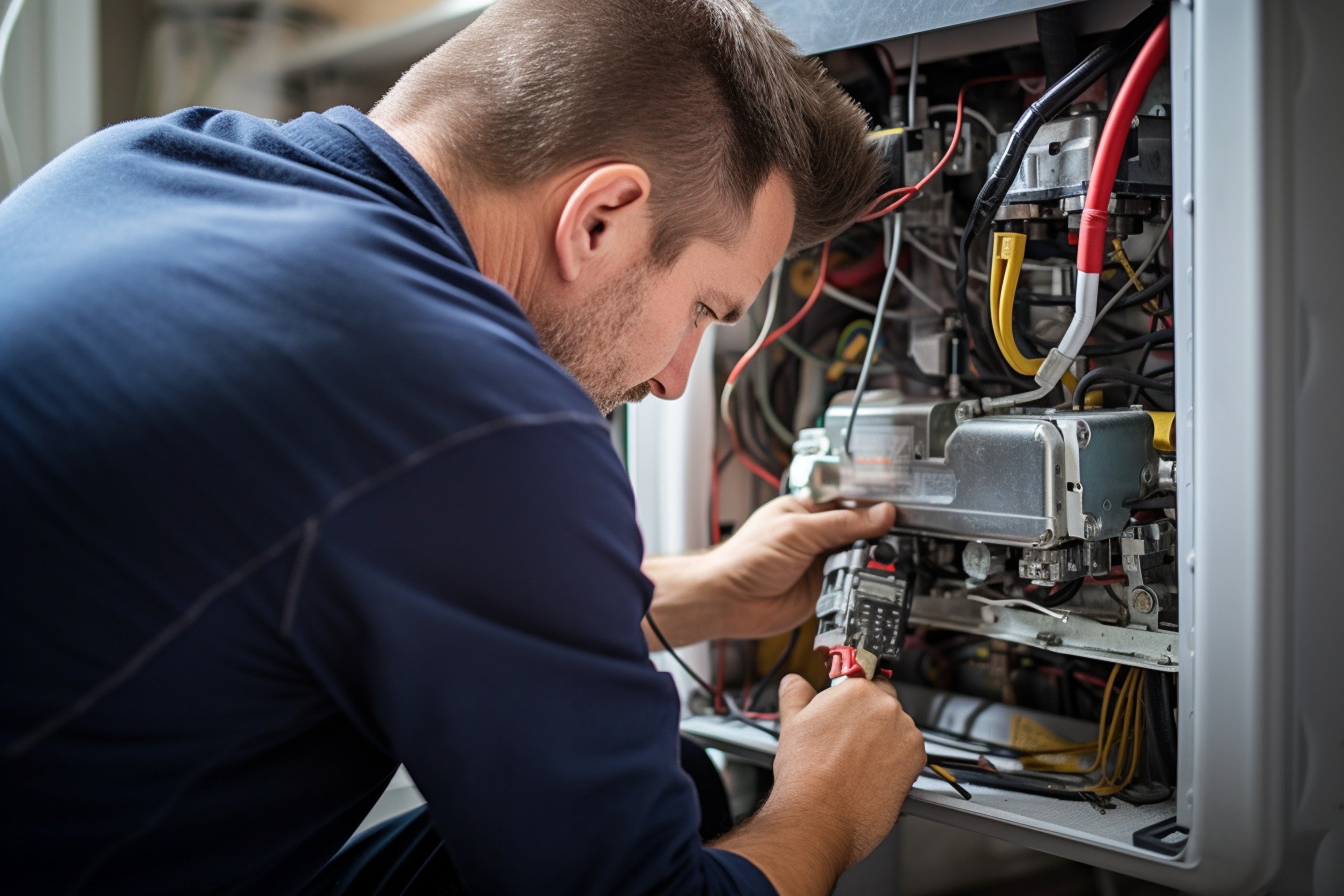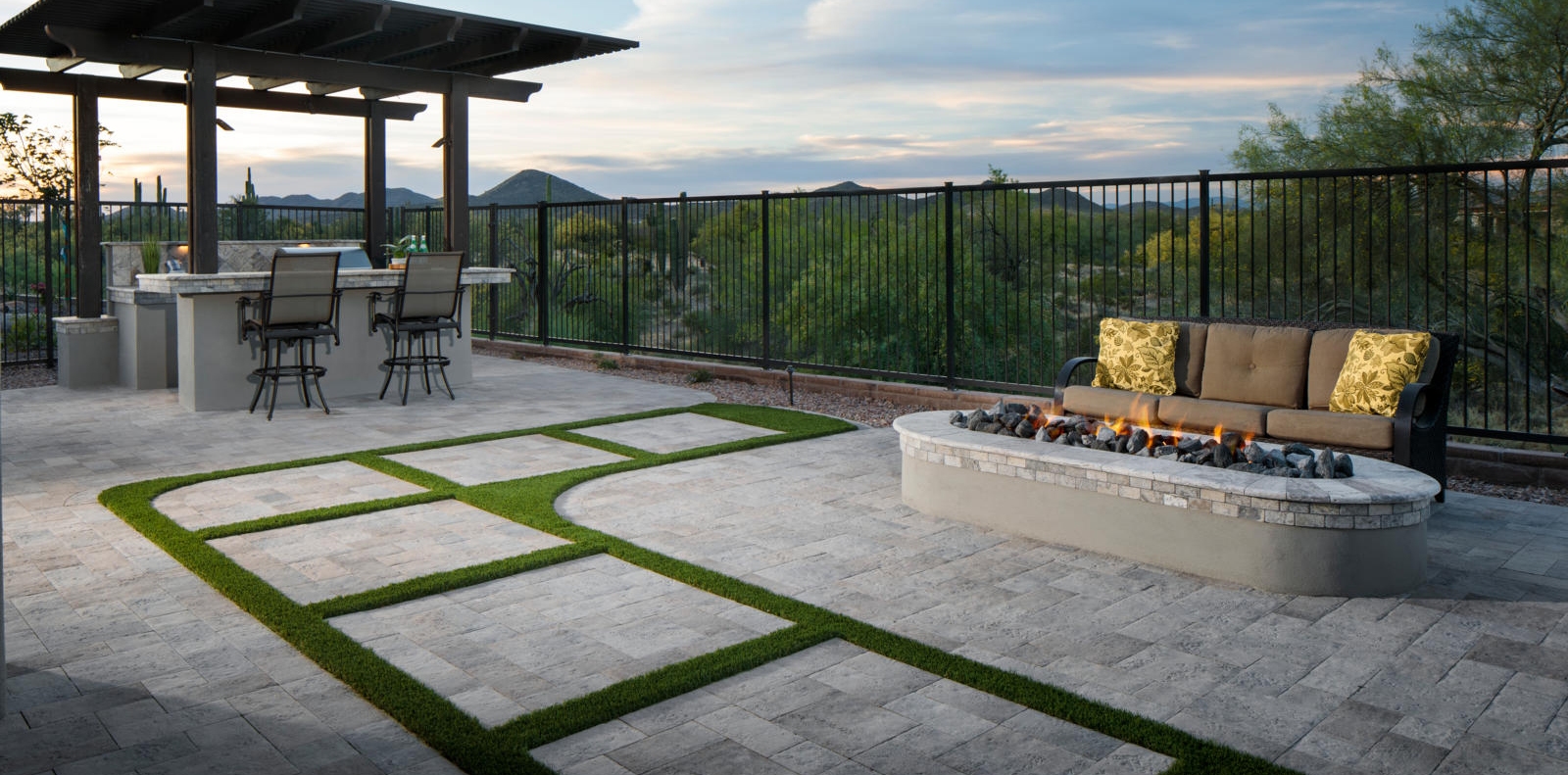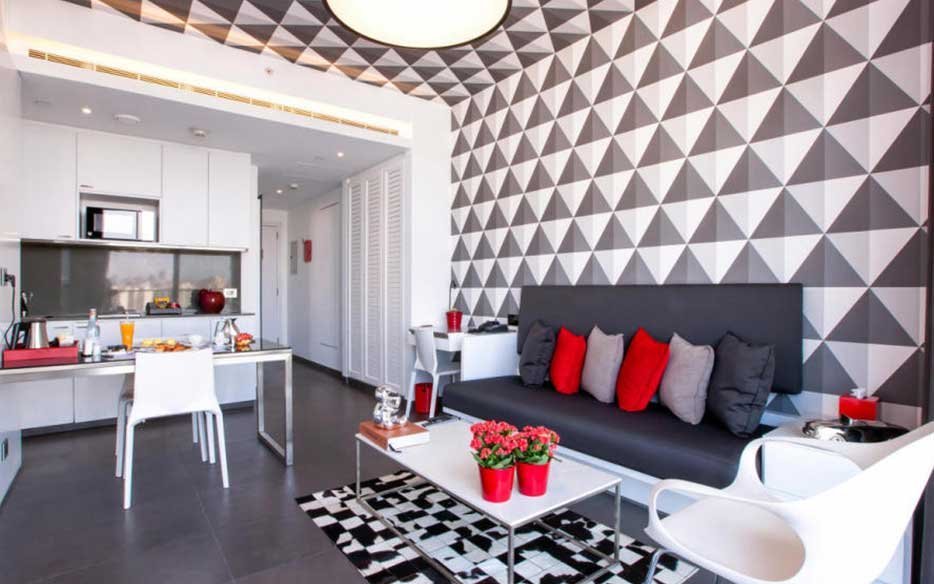
Choosing the right heat pump for your hot water system is crucial for efficiency, cost-effectiveness, and environmental sustainability. With so many options available in the market, it can be overwhelming to make the right choice. This guide aims to simplify the process and help you make an informed decision that meets your specific needs.
Types of Heat Pumps
There are several types of heat pumps available for hot water systems. Each type has its own advantages and considerations. Here are the main types of heat pumps to consider:
Air-Source Heat Pumps
- Extract heat from the air and transfer it to water
- Can be used in various climates
- Usually more affordable than other types
Ground-Source Heat Pumps
- Extract heat from the ground and transfer it to water
- Provide consistent heating throughout the year
- Require more installation space and upfront cost
Solar Thermal Heat Pumps
- Use solar energy to heat water directly
- Highly sustainable and cost-effective in the long run
- Dependent on sunlight availability
Factors to Consider
When choosing a heat pump for your hot water system, there are several factors to take into account to ensure the best fit for your needs. Consider the following:
Energy Efficiency
- Look for energy-efficient models with high Energy Star ratings
- Higher efficiency can lead to lower energy bills in the long term
Size and Capacity
- Choose a heat pump that matches the size and hot water demand of your household
- Undersized pumps may lead to insufficient hot water, while oversized pumps can be wasteful
Installation and Maintenance
- Consider the installation requirements and maintenance needs of the heat pump
- Some types may require professional installation and regular servicing
Top Brands and Models
There are several reputable brands that offer quality heat pumps for hot water systems. Here are some of the top brands and models to consider:
Rheem Heat Pumps
- Known for their high efficiency and reliability
- Offer a range of models to suit different needs
Bosch Heat Pumps
- German engineering for top performance
- Highly durable and efficient
A.O. Smith Heat Pumps
- Well-known brand with a variety of options
- Focus on energy efficiency and advanced technology
Cost Considerations
The cost of a heat pump for your hot water system can vary depending on the type, brand, size, and features. Here are some cost considerations to keep in mind:
Initial Investment
- Ground-source heat pumps are typically more expensive upfront
- Consider long-term savings and energy efficiency when evaluating initial costs
Operating Costs
- Compare energy consumption and operating costs of different heat pump models
- Factor in maintenance costs and potential repairs over time
Installation and Maintenance Tips
Proper installation and regular maintenance are essential for the performance and longevity of your heat pump hot water system. Here are some tips to ensure smooth installation and efficient operation:
Professional Installation
- Hire a qualified professional to install the heat pump according to manufacturer guidelines
- Ensure proper sizing and placement for optimal performance
Regular Maintenance
- Follow recommended maintenance schedule for cleaning, inspections, and tune-ups
- Check for any leaks, unusual noises, or reduced efficiency that may indicate a problem
Conclusion
Choosing the right heat pump for your hot water system is a decision that can have a significant impact on your energy costs and overall comfort. By considering factors such as type, energy efficiency, size, brand, cost, installation, and maintenance, you can make an informed choice that meets your specific needs. Remember to consult with professionals and do thorough research before making a purchase to ensure the best outcome for your hot water system.









